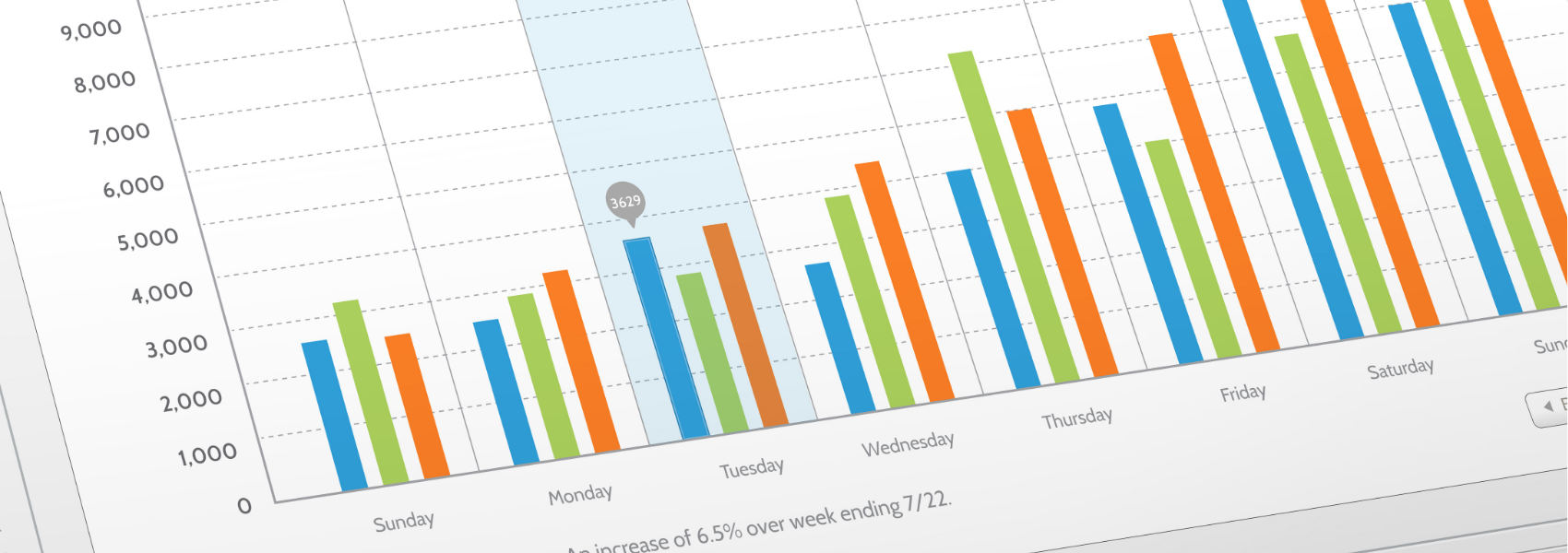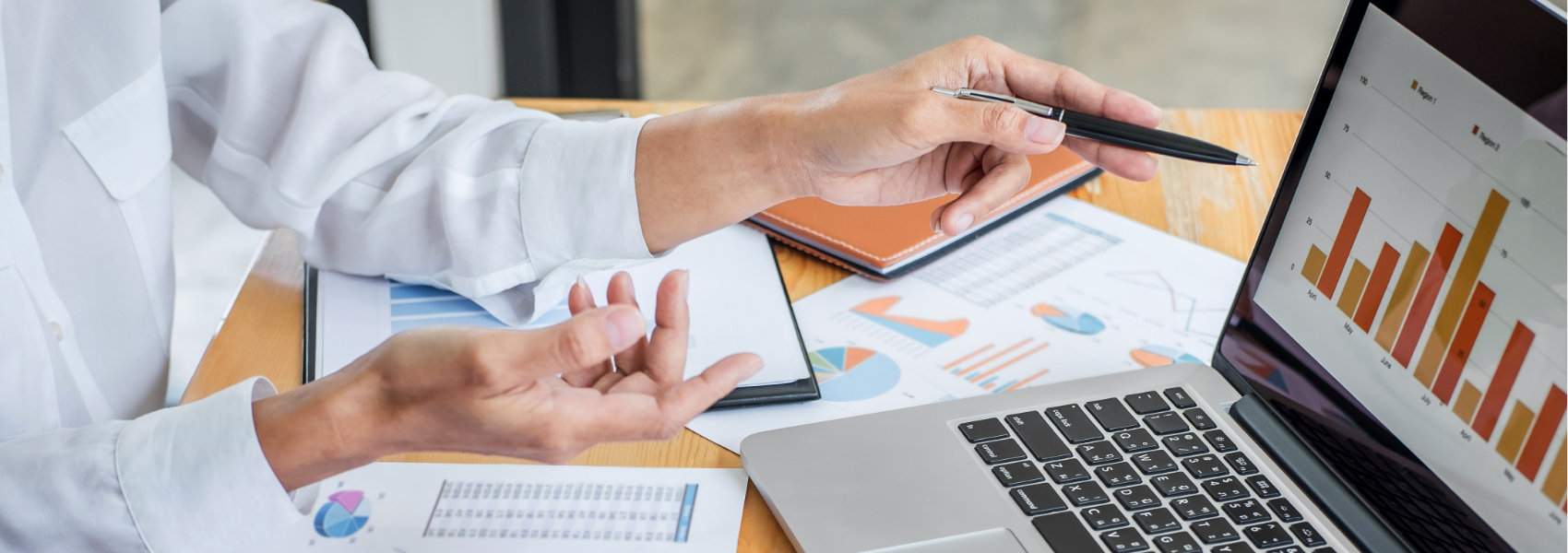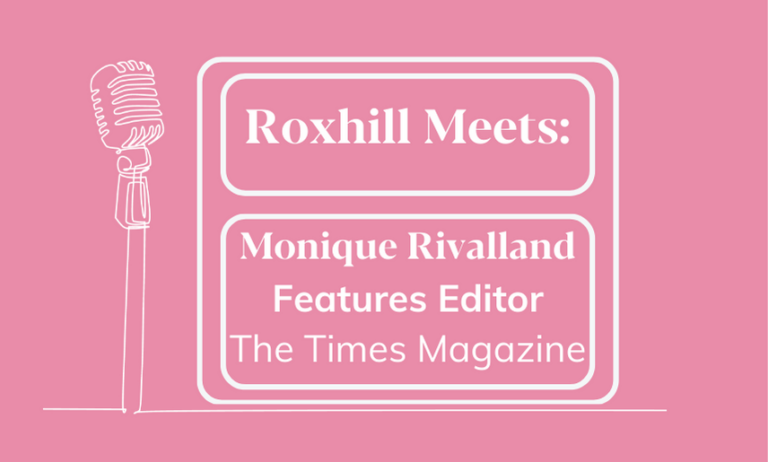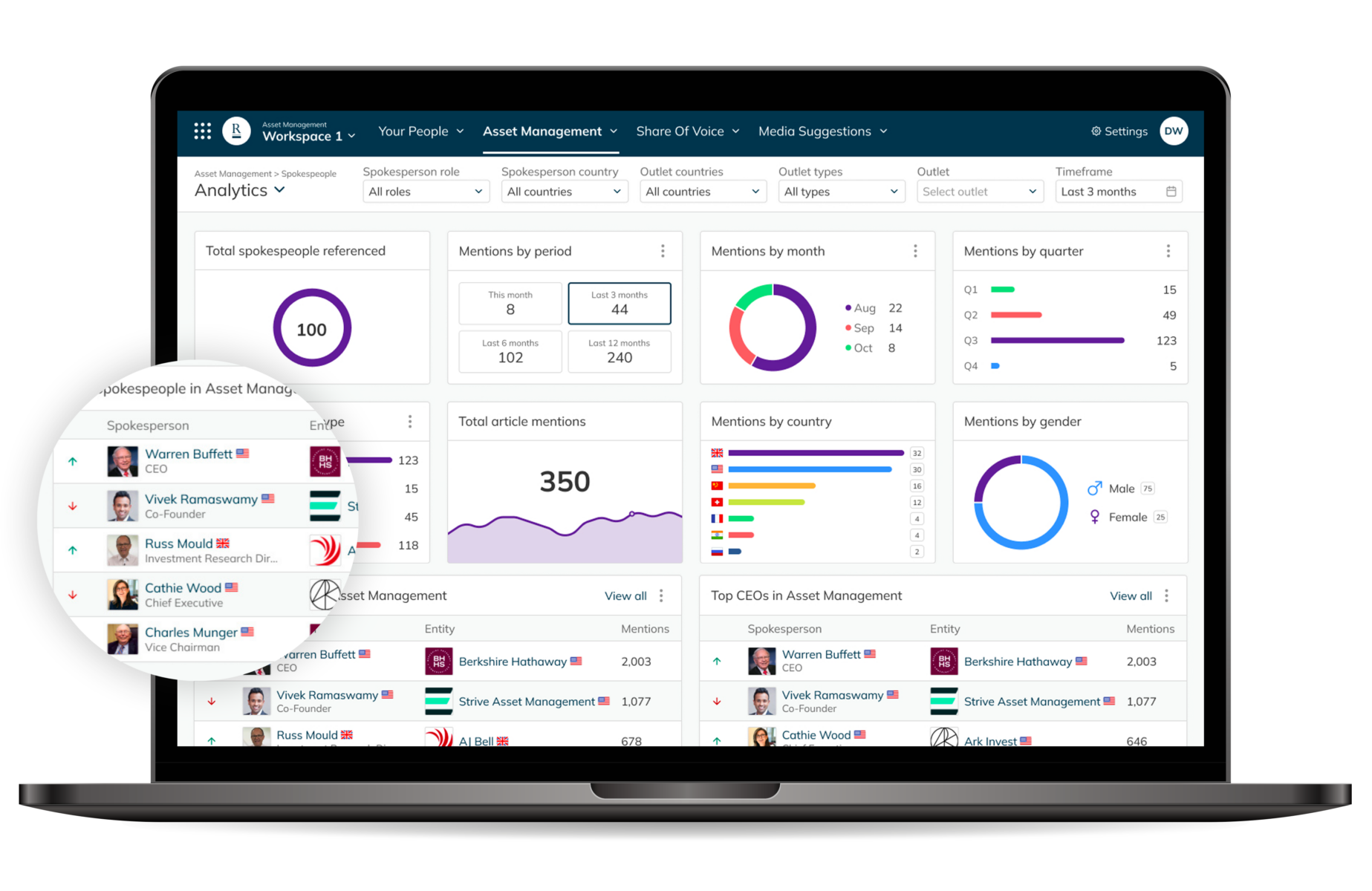In today's digital world, media monitoring is like having your own personal radar. It helps you stay updated by scanning through newspapers, websites, and social media, making sure you never miss any mention of your company, brand, product, or topics you care about.
Media monitoring isn’t just about your organisation, it’s also about gathering intelligence on your industry, competitors, trends, and any relevant topics.
This helps businesses assess where they stand in the market and how visible their brand is.
With these insights, PRs and key decision-makers can make more accurate decisions.
What is the role of media monitoring?

Media monitoring is essential for achieving PR strategic goals, such as building a positive public perception.
It involves observing articles about your company, assessing public opinion, and gauging reactions to press releases.
In the past, this was a manual process. Picture yourself going through stacks of newspapers and magazines, cutting out relevant articles, and organising them on a clipboard.
Fortunately for PRs, these days are over; PR professionals no longer have to do this by hand. Advanced digital tools now exist to make media monitoring more accessible.
Learn about the difference between media monitoring and spokespeople monitoring.
What do you monitor?
Media monitoring covers online publications and websites, from blogs to major news sites.
It also gathers information from broadcasts, social media, and other digital media forms.
Advanced computer software can scan print content, including newspapers and magazines, to find and extract your keywords.
What is the role of analytics?
Analytics brings intelligence by reporting findings from monitoring and analysing data.
How do media monitoring and analytics work?

Automated media monitoring technology is always improving and becoming more advanced.
Computer science and algorithms work together to sort through content and analyse text, using machine learning and AI to scan the vast world of digital media.
Media monitoring software collects and organises mentions based on your chosen keywords and topics, so you see who’s talking about your company, other players in your industry, your business landscape, and other relevant areas.
It can even categorise coverage by sentiment, tag your spokesperson, some also do backlink tracking, include social listening and highlight any mentions of your brand.
More information on how to do monitoring can be found on monitor spokespeople in the media like a pro and sentiment analysis simplified.
Can you monitor media effectively without investing in tools?
You can investigate manually to gather information, but it can be time-consuming and tedious.
Without tracking and analysing software, you’ll need to spend a lot of time researching different channels, platforms, and topics of interest.
Sorting and filtering through this information manually based on your criteria adds to the workload and can be inefficient.
How to use media monitoring and analysis in PR strategy and tactics?
When developing a communication strategy, you often start by understanding where your business stands, what is happening in the industry, and other external factors influencing the market - media monitoring gives you this intelligence.
Plus, the audience and stakeholders you want to communicate to and what their interests are.
Once you understand the brand’s position, you can take action to improve matters and plan ahead.
Analyse competitors

Competing in the same market requires PRs to always keep one eye on the competitors and track what others are doing.
The intelligence gathered from media monitoring tools can be used to benchmark your own PR and media activities and performance against rivals.
You can see where things can be improved or discover gaps in the market and adapt your PR approach accordingly.
What to track? Here are some examples:
Media Share of Voice measures how much media coverage your brand has in your market or industry compared to competitors. A higher Share of Voice indicates greater popularity, brand visibility, and authority.
Sentiment analysis is about figuring out if media coverage is positive, negative, or neutral. It helps you see how you and your competitors are portrayed in the media.
Measure key topics or keywords in your industry to see the most discussed and trending matters or issues, from specific words to more generic topics.
Compare yourself with competitors through keyword and gap analysis. This can also be linked with sentiment analysis, meaning that each topic gets a sentiment assigned to them, not just how often it’s mentioned.
Brand reputation management
Companies with solid brand health attract more customers and investors as it indicates that the brand is doing well in the big picture.
Monitoring online channels lets PRs know how the media and others see the company, which helps spot anything that could damage the organisation’s reputation.
You can then adjust your approach based on these insights.
Analysing media trends prevents unnecessary actions and justifies reactions to the news.
Intelligence gathered from PR monitoring guides decisions on proactive or reactive approaches.
Proactive PR involves seeking the right publications and journalists and addressing potential issues before they escalate.
Reactive PR focuses on managing crises, minimising damage, and responding to ongoing events or trends.
What to measure?

- Sentiment analysis: Know if your campaigns are seen positively, negatively, or neutral.
- Share of Voice: Compare your brand’s awareness across various channels to that of your competitors.
- Spokesperson reputation: Monitor how people see your brand’s representatives to maintain a positive image.
- Media reach: Gauge the number of people exposed to your brand’s message.
- Tier 1 media reach: Similar to regular reach but emphasises exposure in top-tier publications.
- Keyword tracking and trend analysis: Identify growth opportunities and revise PR strategies to expand your reach.
Improve business performance
Investing in the right media monitoring tools benefits your communications strategy and positively affects overall business performance. Your team will be more efficient and can work smarter.
No longer will precious time be squandered on data management and admin tasks.
PRs will pivot their attention towards nurturing relationships with targeted journalists.
They will actively take part in networking or pitching events to expand their connections.
And, dedicate time to crafting compelling press releases and creating impactful content for social media platforms.
Identify the most important sources and media

In media monitoring, keep tabs on every media source that mentions your company.
Which are the most relevant channels to focus on, and which are less important from the brand’s point of view?
This intelligence can be found by monitoring the different media types and analysing the observed data.
Then you can target the different segments of your audience with PR campaigns tailored to each source.
Connecting with key contacts and influential journalists
Media monitoring and analytical tools like Roxhill’s Spokespeople Analytics help you find journalists interested in your industry, specialisms, and writing about your organisation.
These platforms collect data on who has written about the keywords and topics you care about or anything related to your industry.
All that is left for you to do is to reach out to these influential journalists in your sector and start building rewarding relationships.
You can also identify those who cover your competitors or have written negatively about your brand in the past and turn them into your fans.
More benefits of media monitoring are available on spokespeople monitoring vs media monitoring.
What are the three latest trends in media monitoring and analysis as of 2024?
Media monitoring and analytics tools get more and more investment from companies that are trying to get ahead of their competition in the fierce marketplace.
1. Social media listening
Tuning into what is happening on social channels will still be significant in 2024 because that’s where most conversations happen.
PRs can easily find new brand advocates – people who are enthusiastic about the company’s products and voice their opinions – or influencers who can drive brand awareness.
2. Artificial Intelligence (AI)
AI plays a key role in automation, encompassing tasks from sentiment analysis to content moderation.
AI is vital for automating tasks such as sentiment analysis and content moderation.
Rapidly evolving AI tools now offer intelligent solutions or suggestions to businesses based on the analysed data.
PRs can gain actionable insights and make better data-driven decisions from these intelligent suggestions.
3. The good, the bad and the fake

False news travels as fast as light. This can be an issue for brands and companies, especially since many people get their daily dose of information and news from the internet.
Unfortunately, there has been a growing number of misinformation and disinformation content, so not only competitors mean a threat to companies.
Brands must keep a vigilant eye on any mentions, be aware, identify and respond to false news.
Real-time media tracking enables PRs to monitor the conversations and manage the narrative before it gets picked up and goes viral.
Media monitoring in a nutshell
For media monitoring, PRs no longer need to use manual methods as the automated tools provide valuable insights into:
- Brand visibility.
- Competitor activities.
- Sentiment analysis, and more.
Not only big companies can benefit from media monitoring but there are software solutions for most budgets.
Keeping track of brand mentions empowers PR professionals to adjust strategies and tactics effectively, steering their efforts in the right direction.













